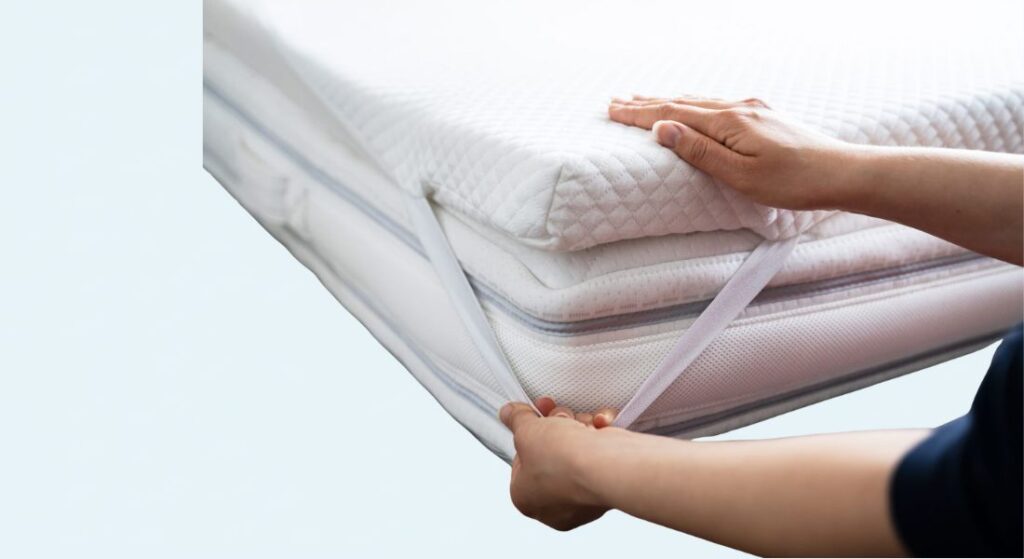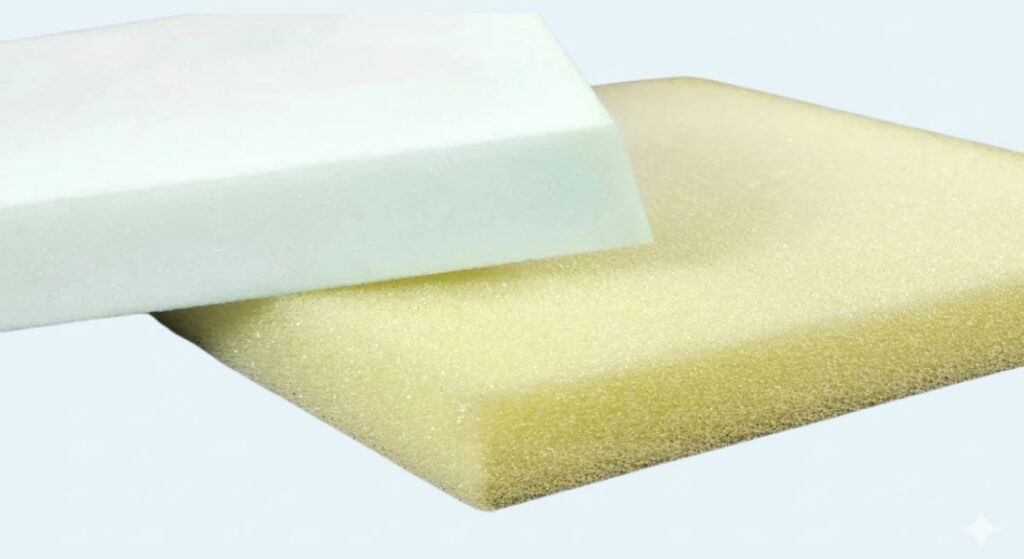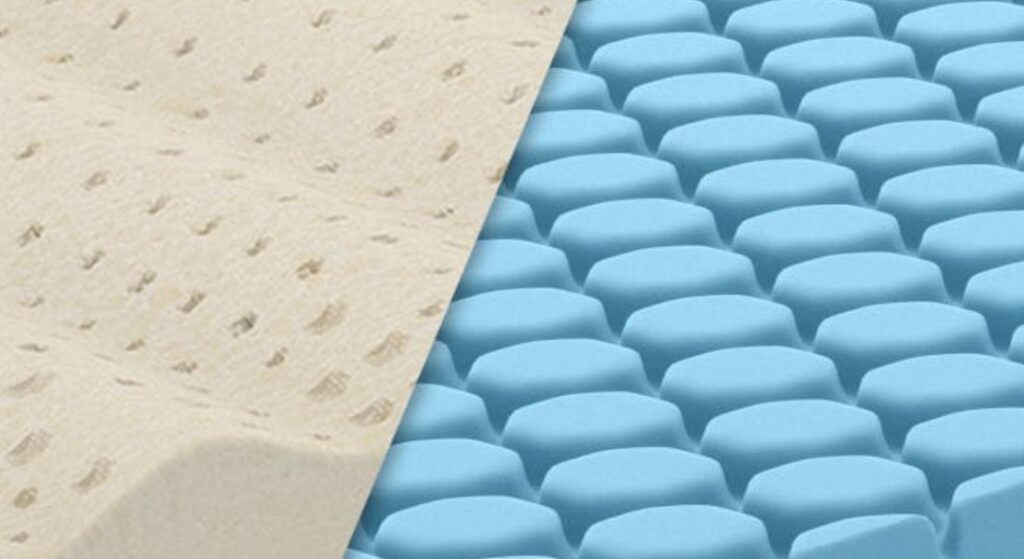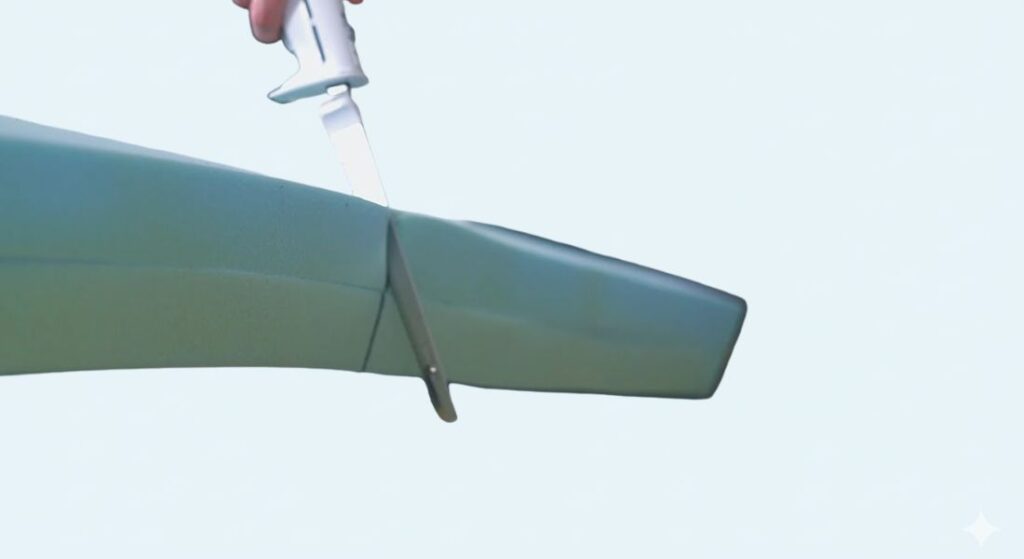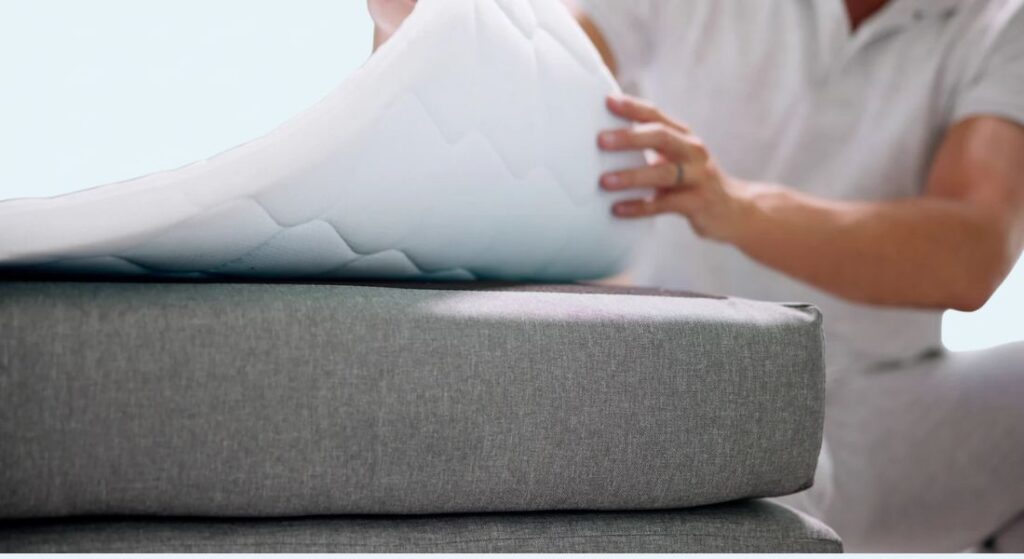That once-plush memory foam mattress topper now feels lumpy and flat after 3-5 years of loyal service. Before you haul it to the curb, consider this critical fact: discarded memory foam releases harmful chemicals into soil and water for decades in landfills. The good news? You have multiple practical recycling pathways that prevent environmental harm while giving your topper new purpose. This guide reveals exactly how to recycle memory foam mattress topper materials through donation, professional programs, and creative repurposing—no special skills required. Discover methods that save you disposal fees, benefit your community, and keep toxic foam out of ecosystems.
Donate Your Memory Foam Topper to Charities That Need It Now
Skip the landfill entirely by redirecting your clean, gently used topper to organizations desperately needing bedding upgrades. This zero-cost solution extends the product’s lifespan while supporting vulnerable populations. Always verify acceptance policies first—many charities reject stained or damaged items.
Salvation Army and Goodwill Drop-Off Guidelines
Call your local branch 24 hours before visiting to confirm current policies. Both organizations accept clean toppers free of tears, stains, or odors. Prepare your donation by vacuuming thoroughly and spot-treating any minor stains with mild detergent. You’ll receive an immediate tax deduction receipt upon drop-off—keep it for your records. Note that Goodwill policies vary significantly by location, so never assume acceptance without verification.
Why Homeless Shelters and Animal Rescues Accept Toppers
Homeless shelters frequently install toppers on thin cots to prevent pressure sores during long nights. Contact facilities directly to schedule drop-offs—many prioritize clean bedding donations. Similarly, animal shelters repurpose foam for pet beds, especially for senior dogs needing joint support. Always call first to confirm they need foam donations, as some prefer pre-made pet beds. Never drop off without approval, as shelters often lack storage space for unrequested items.
Australia’s Memory Foam Recycling Programs by State
Australian residents have specialized options that handle foam’s complex composition. These programs safely break down materials that would otherwise persist in landfills for centuries. Always check service boundaries before transporting your topper.
Soft Landing Service Coverage in NSW and VIC
This dedicated foam recycling initiative operates across New South Wales, Victoria, Australian Capital Territory, and Western Australia. Schedule a pickup through their website or drop off at participating collection points. Soft Landing charges a small fee (typically $20-$40) based on topper size, but this prevents environmental contamination from polyurethane chemicals. Confirm current pricing and drop-off locations online before visiting.
Sydney Council Collection for Foam Waste
Sydney residents can utilize SUEZ’s specialized collection service within metro areas. Contact your local council to schedule bulky item pickup—many include memory foam in these services at no extra charge beyond standard waste fees. Wrap your topper securely in plastic to prevent moisture damage during storage. Check council websites for specific collection dates and preparation requirements in your suburb.
Repurpose Memory Foam as Car Seat Cushions in 30 Minutes

Transform your retired topper into custom automotive comfort with basic tools. This solution eliminates lower back pain during commutes while using 100% of the material. Memory foam’s pressure-relieving properties work exceptionally well for driving posture.
Measuring Your Vehicle Seat for Perfect Fit
Trace your car seat contours onto the foam using a marker and straight edge. Focus on lumbar and hip areas where support matters most. For sedan seats, cut a 2-inch thick rectangle matching the seat base dimensions. For trucks/SUVs, create separate lumbar and thigh support pieces. Always wear gloves and work outdoors when cutting to avoid inhaling particles.
Securing Foam Without Adhesives
Place cut pieces directly on seats without attachments—they stay put through friction during normal driving. For long trips, add non-slip mesh (available at auto stores) between foam and fabric. Never use glue or tape that could damage upholstery. This upgrade costs $0 and transfers between vehicles instantly when you sell your car.
Create Outdoor Garden Furniture Pads From Old Toppers
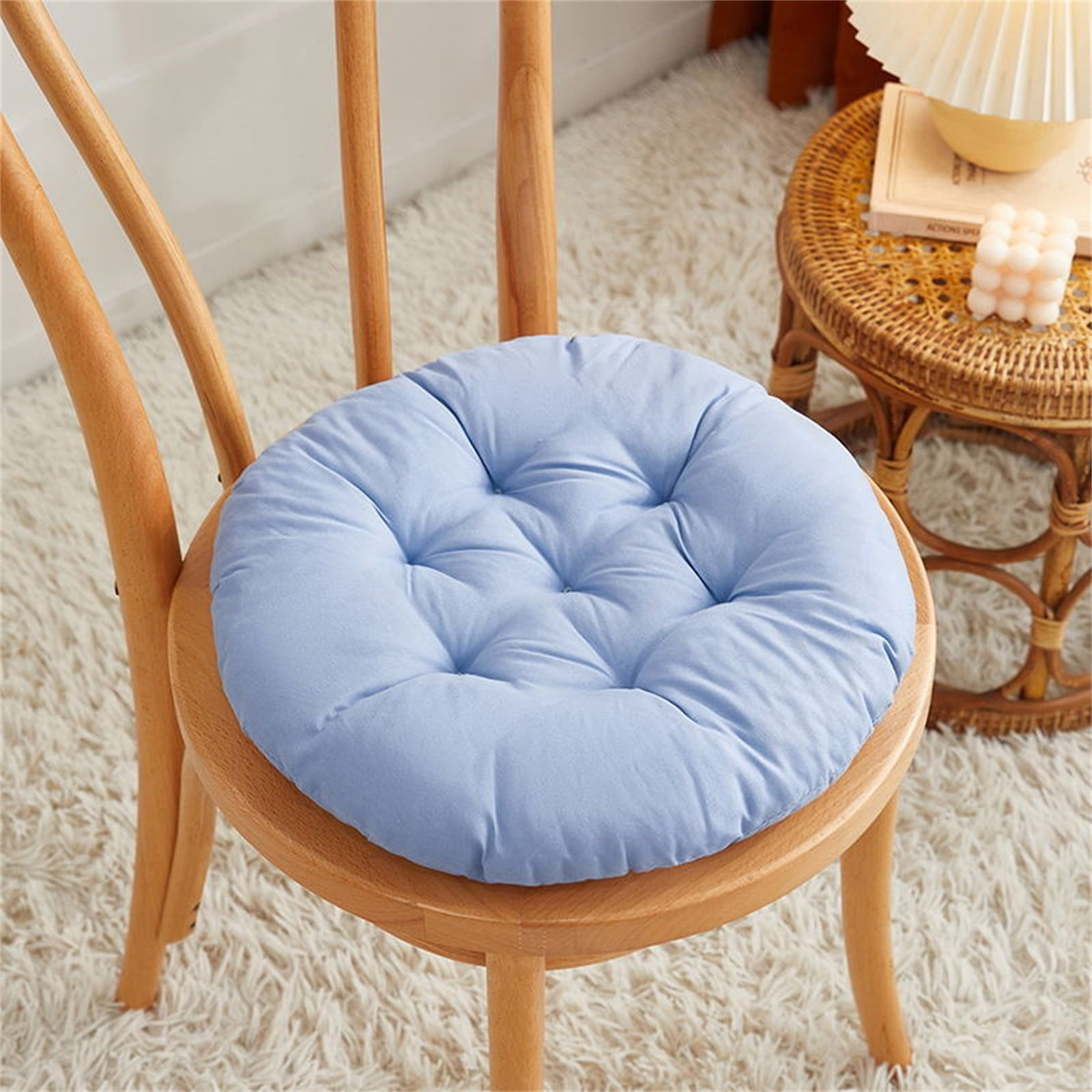
Hard deck chairs become cloud-like seating with repurposed memory foam. This project extends outdoor comfort while preventing foam waste, but requires moisture protection for longevity. Always prioritize dry storage during off-seasons.
Waterproofing Memory Foam for Patio Use
Cover all foam surfaces with outdoor-rated fabric (like Sunbrella) using waterproof stitching. Seal edges with marine-grade seam sealant to prevent water ingress. Critical warning: Never leave unprotected foam outdoors overnight—memory foam degrades rapidly when wet. Store covered pads indoors during rain or high humidity.
Cutting Foam to Fit Deck Chairs
Measure chair seat dimensions, then cut foam ½ inch smaller on all sides to prevent bulging. For curved Adirondack chairs, carve foam gradually using an electric knife. Test fit before covering—adjust thickness by layering multiple topper sections. A single queen-sized topper typically yields pads for 3-4 standard chairs.
Transform Memory Foam into Pet Beds Without Sewing
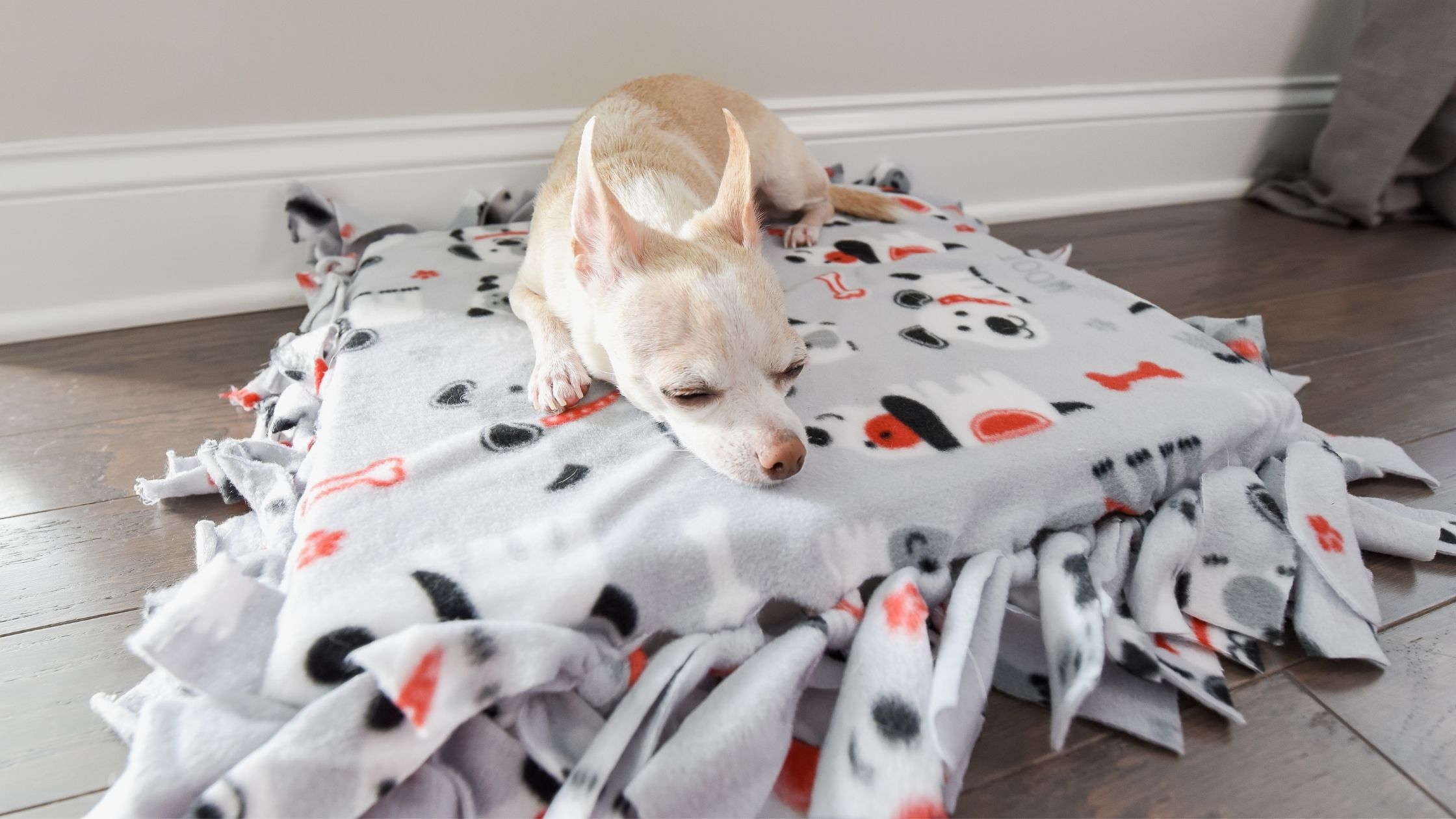
Aging pets with joint pain desperately need orthopedic support. Your topper provides medical-grade comfort without expensive specialty beds. This solution works for dogs, cats, and even livestock with minimal modification.
Choosing the Right Foam Thickness for Dogs
Cut 3-inch thick sections for large breeds needing maximum joint support. For small dogs or cats, 1.5-inch slices suffice. Shape pieces to fit existing pet baskets or crates—round corners for safety. Avoid sharp edges by sanding cut surfaces with coarse sandpaper. Older animals show immediate mobility improvement on repurposed foam.
Using Old T-Shirts as No-Sew Covers
Slip foam sections into large cotton T-shirts for instant washable covers. Cut sleeves to fit, then knot the bottom hem. This hack saves sewing time while allowing easy removal for cleaning. Replace covers monthly to maintain hygiene—memory foam itself rarely needs washing if covered properly.
U.S. Memory Foam Recycling Centers: State-by-State Guide

American residents face patchwork recycling options, but targeted resources simplify the process. Always confirm foam acceptance before transport, as many facilities reject it due to contamination risks.
Bye Bye Mattress Program Coverage Map
This industry-funded initiative operates in California, Connecticut, and Rhode Island. Visit their website, enter your ZIP code, and find the nearest drop-off location. They accept toppers free of charge at participating retailers and waste facilities. Other states are adding programs—check their expansion map monthly for updates.
Earth911’s Free Recycling Locator Tool
Search “memory foam” plus your city on Earth911.com for real-time facility listings. Filter results by “drop-off” or “curbside” options. Call centers ahead to verify they accept clean toppers—many require removal from covers. This database updates weekly as new recyclers join the network.
When Recycling Isn’t Possible: Safe Landfill Disposal Steps
If all recycling avenues fail, minimize environmental harm during disposal. Never burn memory foam—this releases toxic fumes. Municipal waste facilities handle foam more safely than random dumping.
Cutting Foam for Municipal Waste Collection
Slice your topper into 12×12 inch cubes using an electric knife. Wrap each piece in heavy-duty plastic bags to contain chemical off-gassing. Check if your city offers bulky item pickup days—many collect foam this way. Critical: Never compress foam tightly, as this accelerates chemical leaching in landfills.
Avoiding Chemical Leaching During Disposal
Place foam pieces in the center of your trash can, surrounded by other waste. This buffers soil contact. If permitted, mix small foam chunks with yard waste for municipal composting—some facilities process this safely. Always prioritize recycling, but these steps reduce harm when no alternatives exist.
Your memory foam mattress topper’s journey ends only when you choose landfill disposal. By donating to shelters, using regional recycling programs, or repurposing into car cushions and pet beds, you prevent 20-40 pounds of toxic waste from poisoning ecosystems. Start today with the simplest option: call your local homeless shelter to arrange a drop-off. Within hours, your old topper could be providing comfort to someone in need while keeping chemicals out of our water supply. Every repurposed inch makes a measurable difference—act now before your next mattress upgrade.

